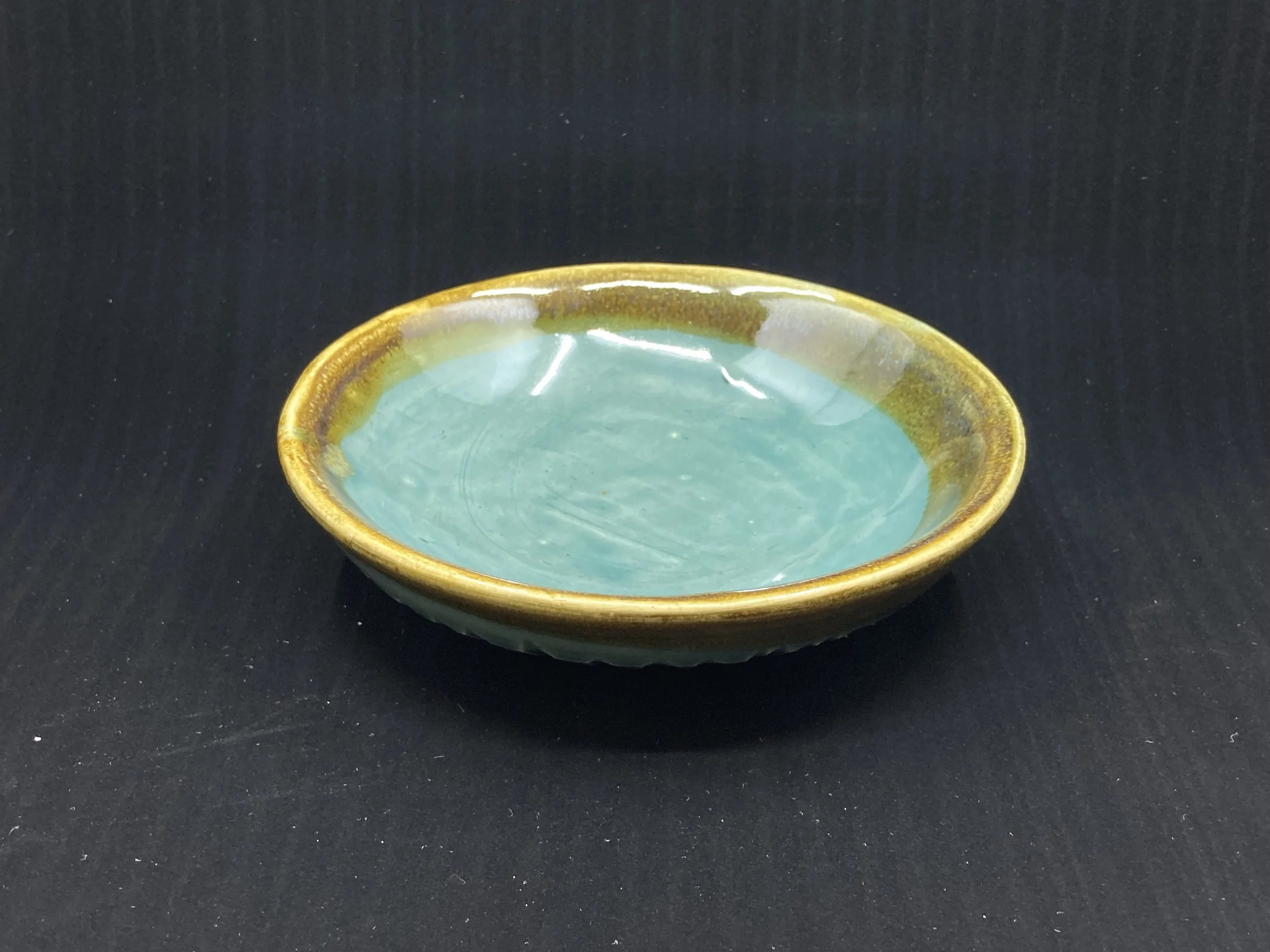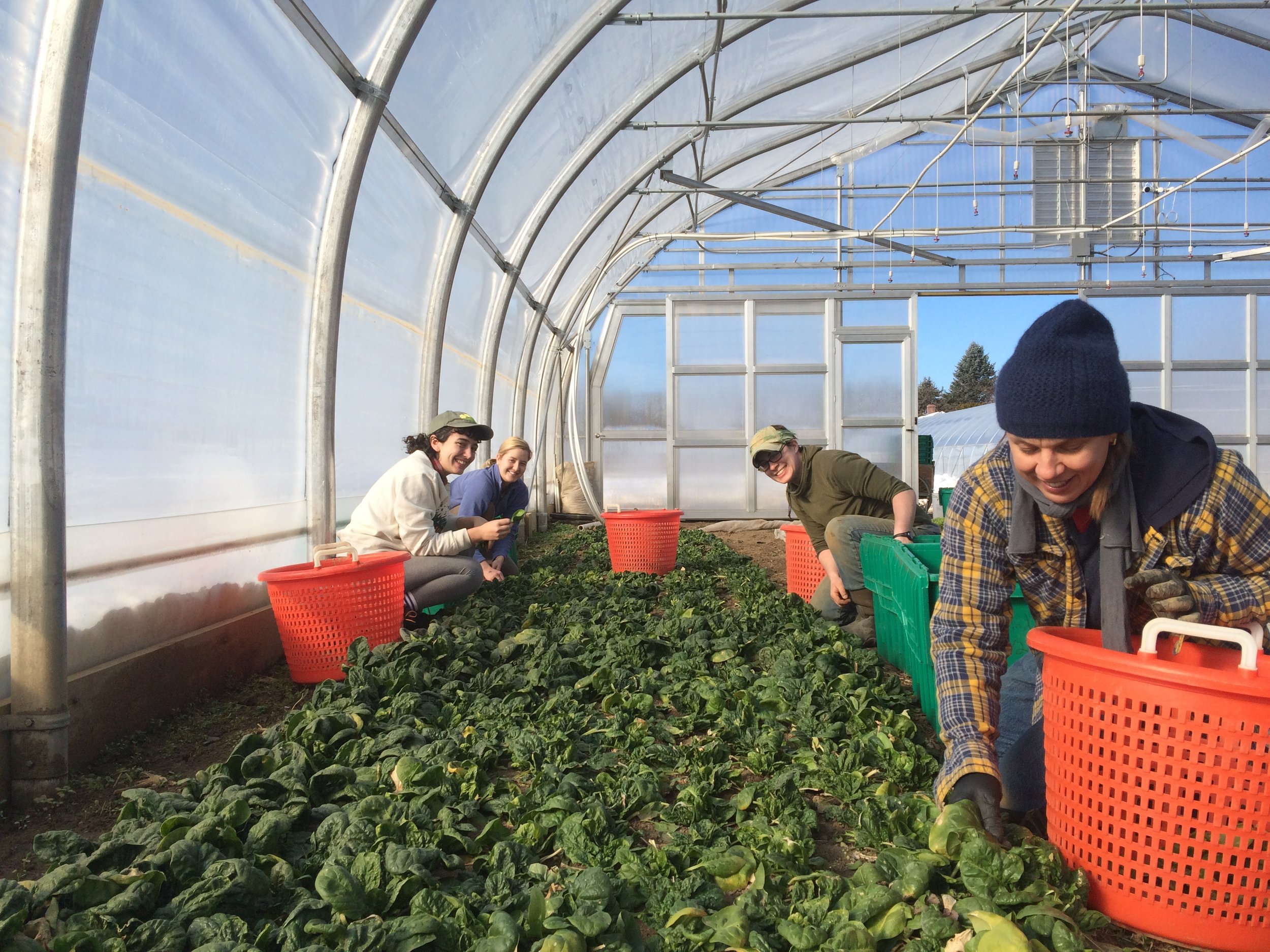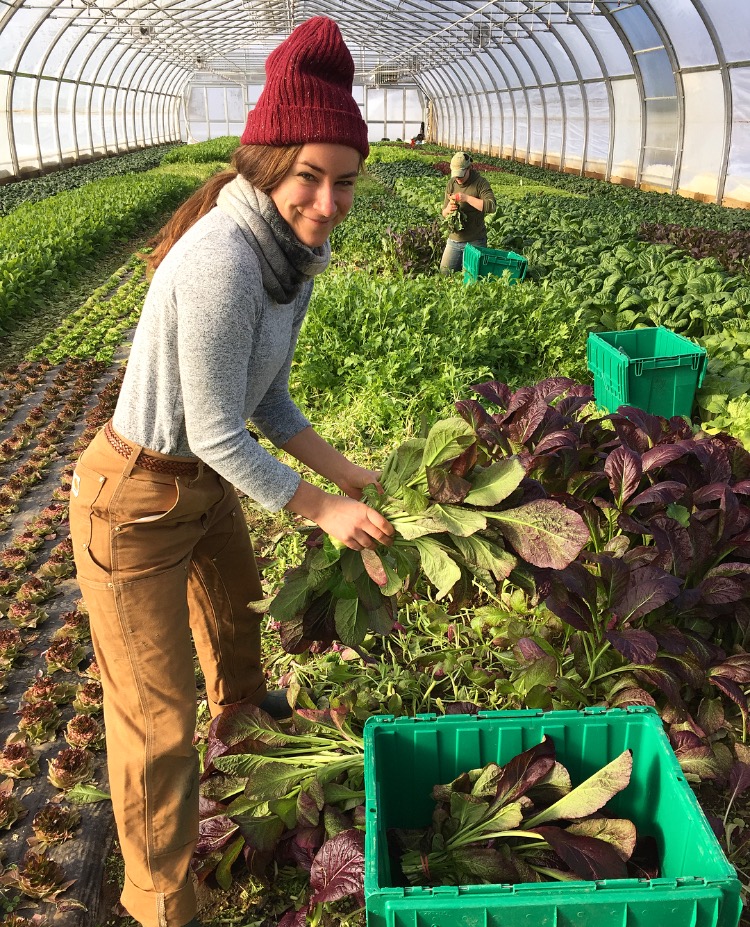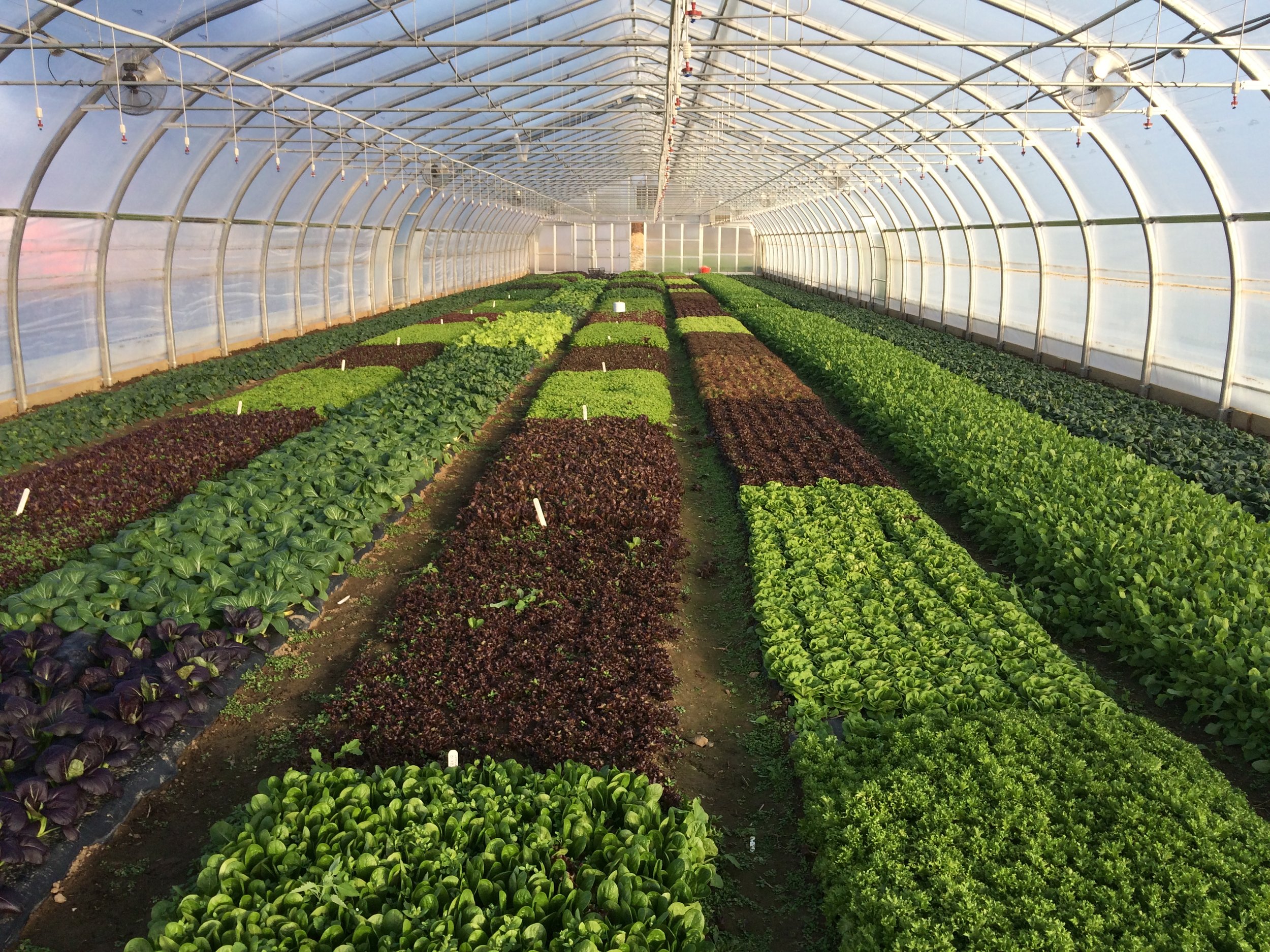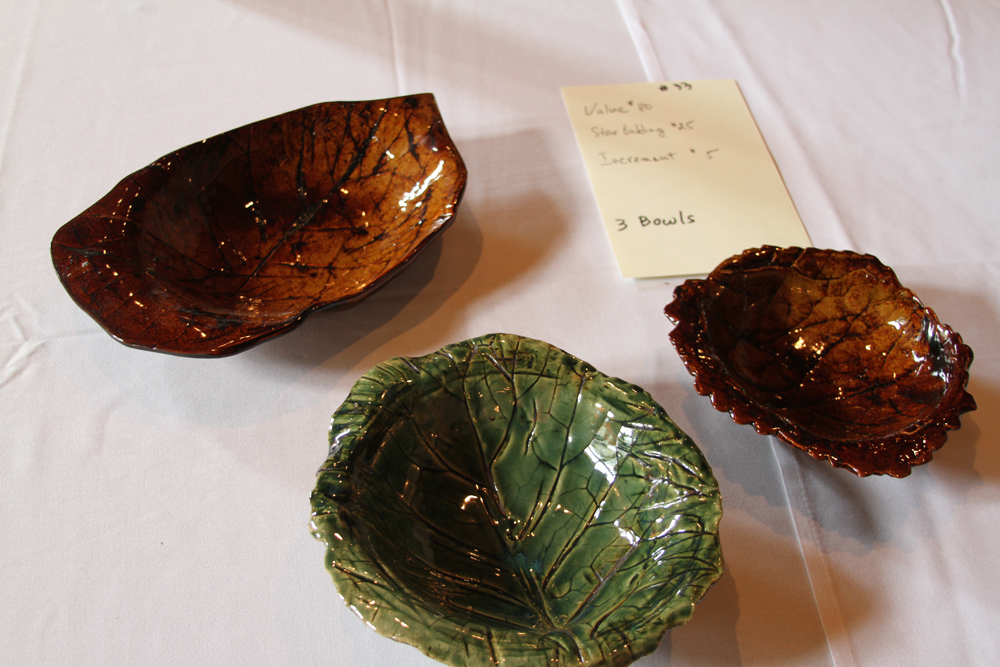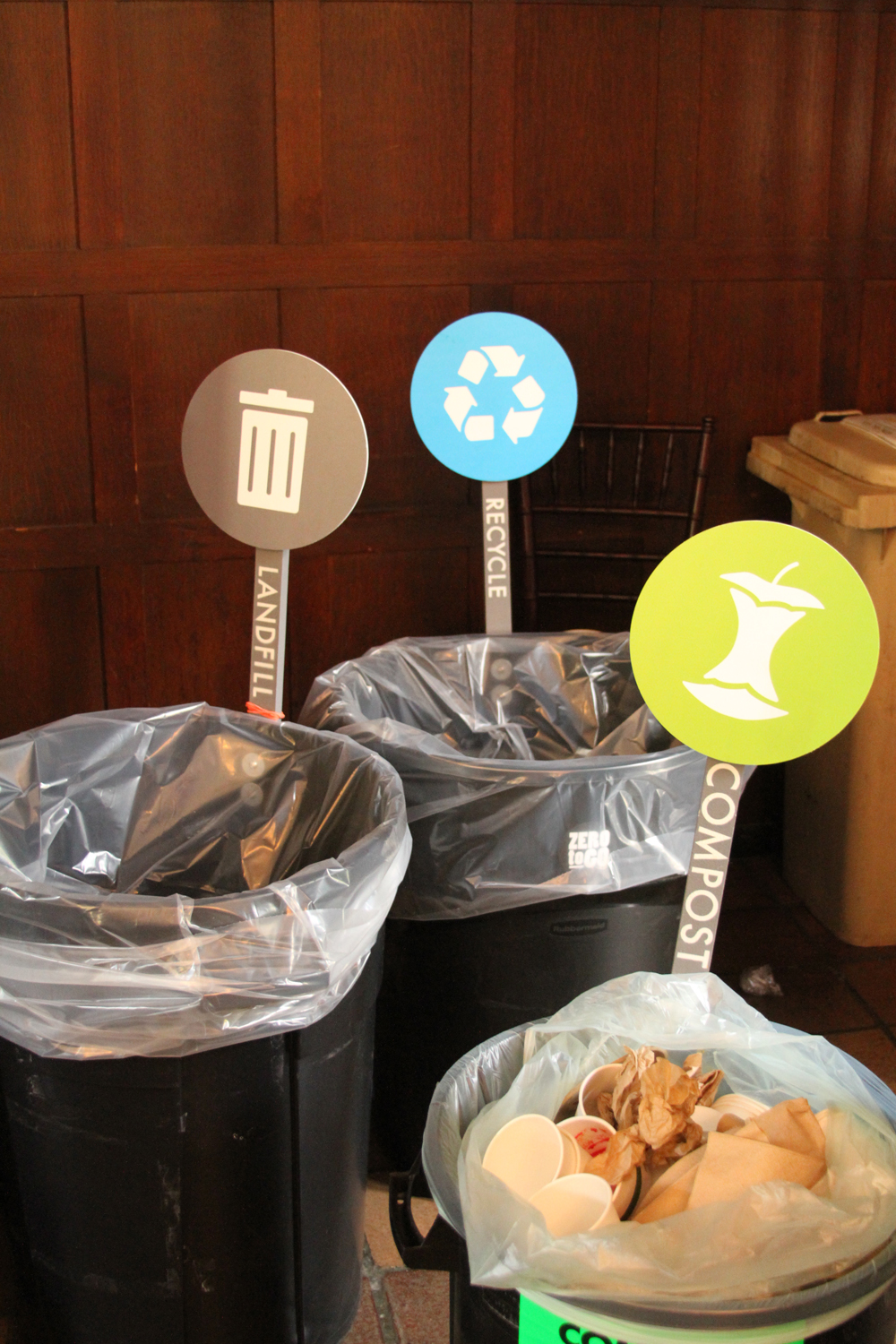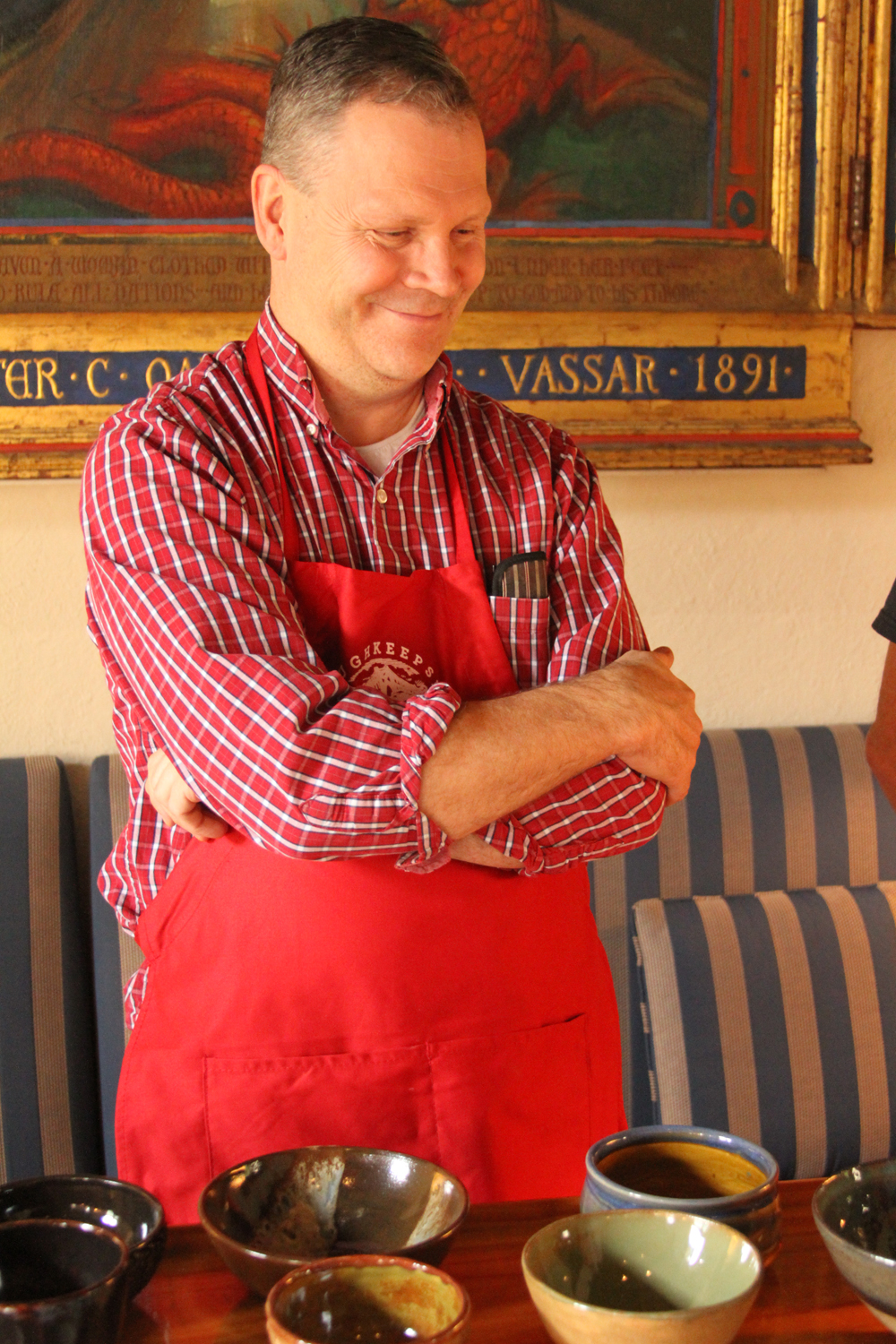The Power of Purple
Ellie Limpert
Interesting things are happening in the winter garden!
Ever wonder why some normally green plants turn purple in the winter? We did too! That’s why we decided to do a little research to see why many of our crops this winter including kale, salad greens, cabbage, and many asian greens develop a vibrant purple color in cold weather.
All plants produce pigments that determine the color that we see in the fields and on our plates. You can find all the colors of the rainbow in plant foods alone which make some pretty delicious meals! These pigments do much more for the plant (and for us!) than just visual appeal, however. Chlorophyll is the substance that is responsible for photosynthesis which converts sunlight and carbon dioxide into sugars and starches which the plant uses for food. In the summertime, there is an abundance of sunlight with longer days and shorter nights. Because of this, there is also an abundance of chlorophyll which turns the grass, leaves and trees a bright green during the summer months. In the fall, the days begin to get shorter and colder, and the chlorophyll becomes less prominent in most plants. Therefore other pigments that we could not see before, start to show their colors- giving way to the reds and yellows of deciduous trees and the purples in winter greens!
The purple comes from the pigments called anthocyanins which we see as bright red- orange, and blue-violet in many fruits and vegetables including berries, black currants, red grapes, cherries, plums, blood oranges, eggplants and red cabbage. They are a part of a subclass of phytochemicals (or plant substances) called flavonoids which have many beneficial properties for both the plants and the animals that eat them! Antioxidant, anti-inflammatory, antimicrobial, and anticarcinogenic are some of these properties. Many anthocyanin- rich foods are often considered “superfoods” because of their incredible health benefits which help prevent cardiovascular disease and cancer and improve overall neurological and visual health.
So why do anthocyanins make an appearance in the colder weather?
Anthocyanins in particular have shown to protect the plant from rotting due to intense ultraviolet light, drought and cold weather. They also help protect the leaves by using extra sunlight that would normally be absorbed by chlorophyll which is less available in the winter. Although winter greens grow more slowly in the cold, the protective properties of the anthocyanins allow the plant to continue to thrive.
While many functions of anthocyanins are still unknown, it is clear that they play an important role in the health of the plant and in humans that eat them as well. So, as the winter months go by, get those colorful vegetables into your garden beds and then you will be able to enjoy the flavor, visual appeal AND the health benefits of eating out of your garden through the colder months. Just because it is cold, does not mean we cannot still enjoy all the colors of the rainbow!
References:
http://extension.oregonstate.edu/gardening/these-cold-hardy-vegetables-may-stick-it-out-through-winter
https://beekman1802.com/the-color-puple-a-frosty-garden/
http://www.iss.it/publ/anna/2007/4/434369.pdf
http://www.todaysdietitian.com/newarchives/030314p20.shtml
FLAVONOIDS - FOOD SOURCES AND HEALTH BENEFITS. Aleksandra Kozłowska , Dorota Szostak-Węgierek





